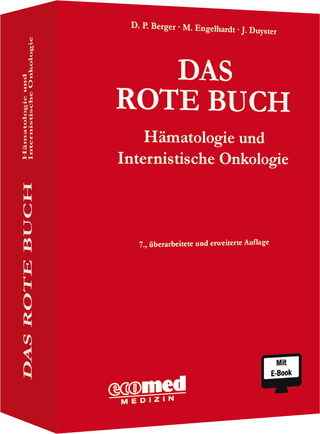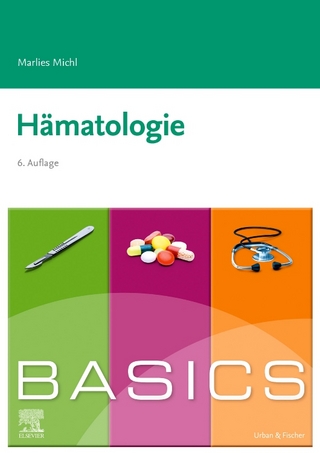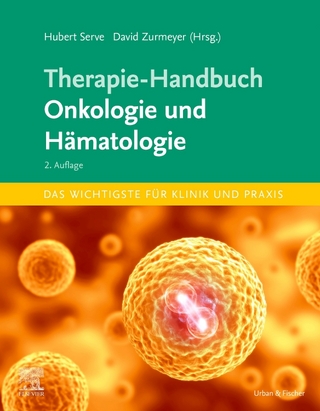
Advances in haemapheresis
Springer-Verlag New York Inc.
978-1-4613-6742-0 (ISBN)
I. Plasmapheresis: Centrifugation versus filtration.- Introductory remarks to the plenary symposium: Centrifugation versus filtration.- The advantages of centrifugation in therapeutic plasmapheresis.- High performance systems for membrane plasmapheresis.- Two year clinical experience using a rotating filter for therapeutic plasma exchange.- Donor plasmapheresis technology.- II. Plasmapheresis in neurology.- Plasma exchange in peripheral neuropathy.- Plasma exchange and Guillian-Barré syndrome.- Are immunoglobulins superior to plasma exchange in the Guillain-Barré syndrome?.- Plasmapheresis in neurological disorder.- Therapeutic strategies in multiple sclerosis: The value of plasma exchange.- IIIA. Stem cells: Technology and mobilization.- Autologous transplantation of blood versus marrow derived hemopoietic stem cells.- Granulocyte macrophage progenitor numbers in peripheral blood stem cell autotransplantation.- Purged autologous bone marrow: Better or worse than circulating stem cells?.- Bone marrow stem cells: Purification and clinical results.- Collection and transplantation of peripheral hemopoietic stem cells. Results in 35 patients with hematological and non- hematological malignancies.- IIIB. Stem cells: Clinical Application.- Peripheral blood stem cell transplants in myeloma.- High dose chemotherapy and blood stem cell autologous graft in multiple myeloma.- Stem cell harvesting from umbilical cord blood: A new perspective.- Circulating stem cells for autografting: A perspective for hematopoietic growth factors.- IV. In vivo versus ex vivo modulation of lymphocytes.- In vivo versus ex vivo modulation of lymphocytes; Immunotherapy for hematological malignancies.- The promise of T cell immunotherapy of cancer.- Photopheresis: A new approach to the management ofT-cell mediated disorders.- High levels of circulating hematopoietic progenitor cells after continuous infusion of high dose interleukin-2 in cancer patients.- V. Single versus multiple donor platelets.- Is leukocyte depletion important in the prevention of alloimmunization by random single donor platelet transfusion?.- UV-irradiation: Effects on the immune system and on platelet function, viability, and alloimmunization.- Purification of platelet concentrates by elutriation: Elutriated single versus pooled multiple donor platelets.- Platelet concentrates from buffy coats.- Selection of platelet apheresis donors for alloimmunized patients by ELISA platelet crossmatch versus HLA-matching.
| Reihe/Serie | Developments in Hematology and Immunology ; 25 |
|---|---|
| Zusatzinfo | XXIII, 270 p. |
| Verlagsort | New York, NY |
| Sprache | englisch |
| Maße | 160 x 240 mm |
| Themenwelt | Medizinische Fachgebiete ► Innere Medizin ► Hämatologie |
| ISBN-10 | 1-4613-6742-5 / 1461367425 |
| ISBN-13 | 978-1-4613-6742-0 / 9781461367420 |
| Zustand | Neuware |
| Haben Sie eine Frage zum Produkt? |
aus dem Bereich


